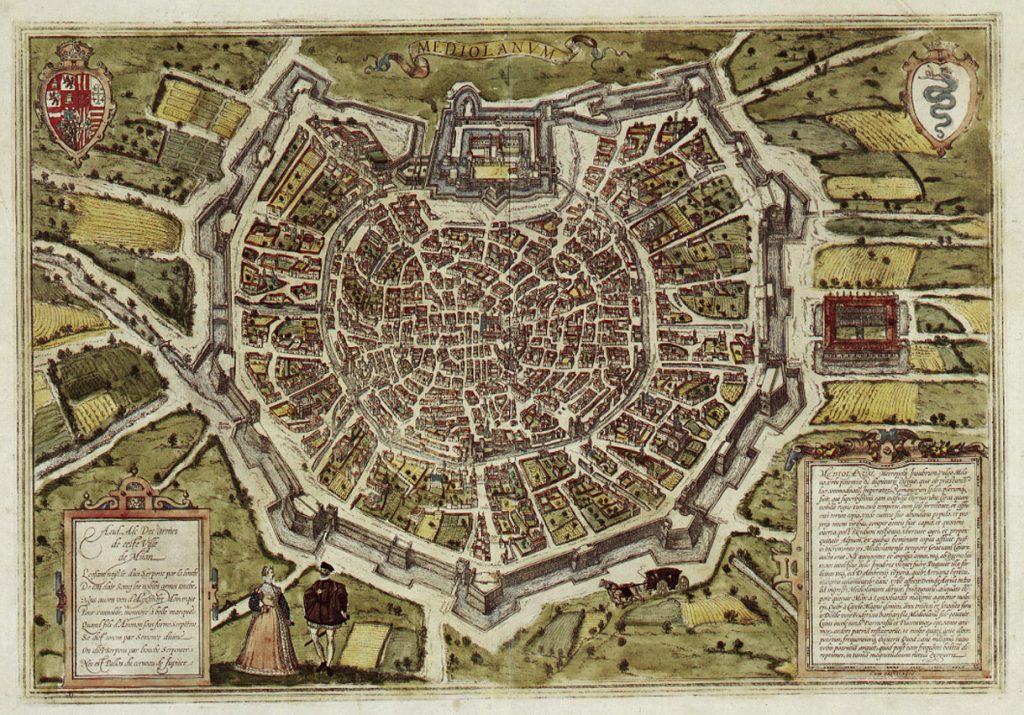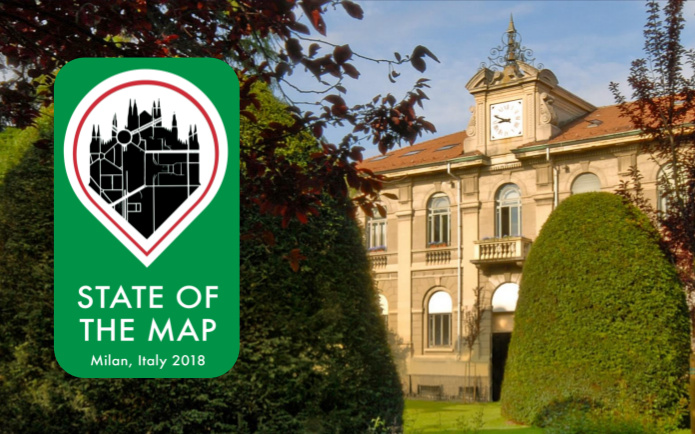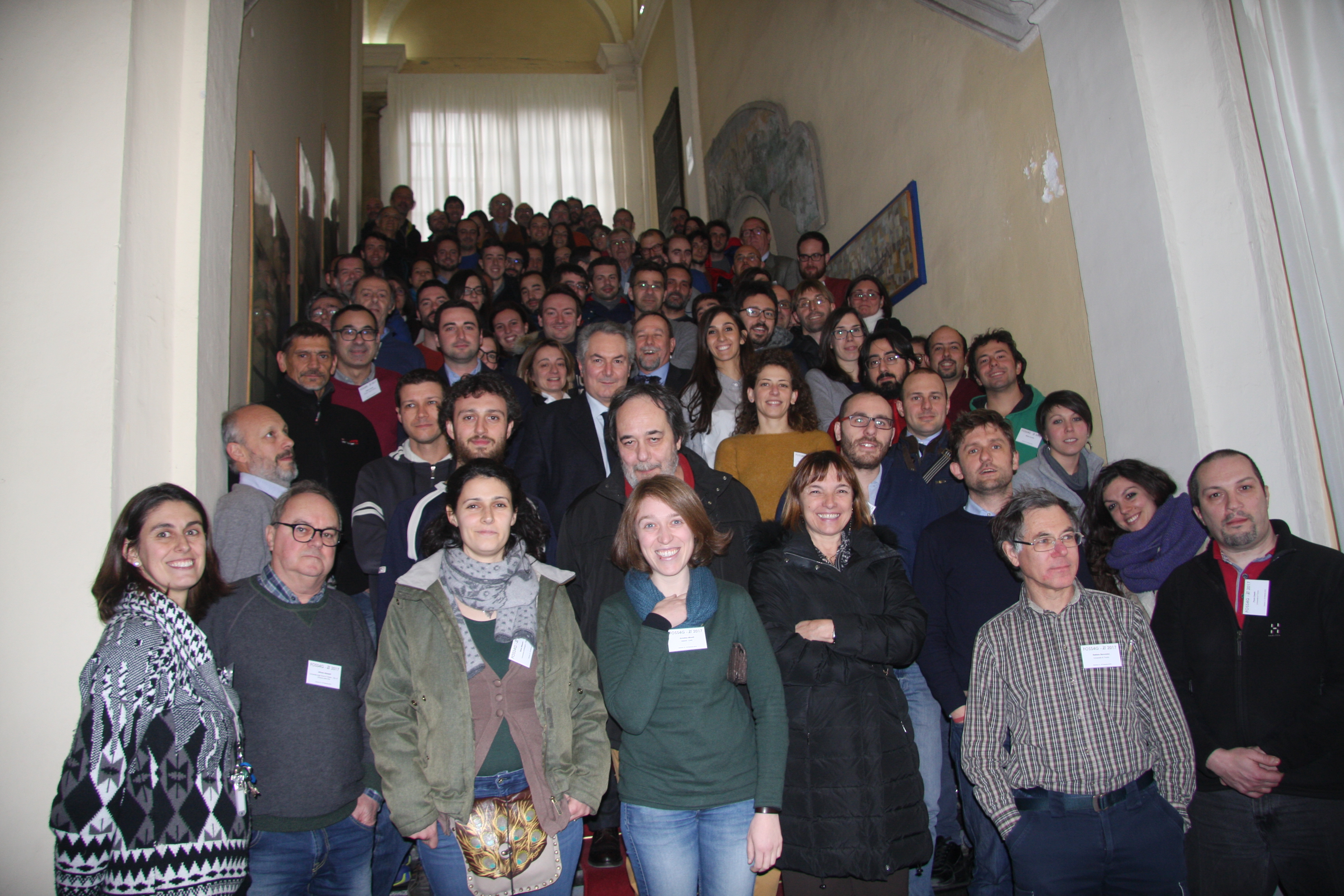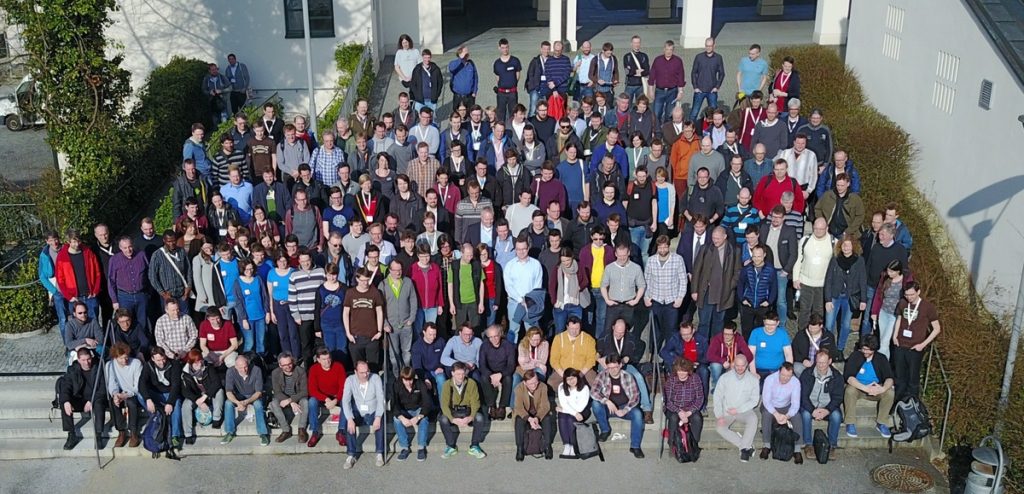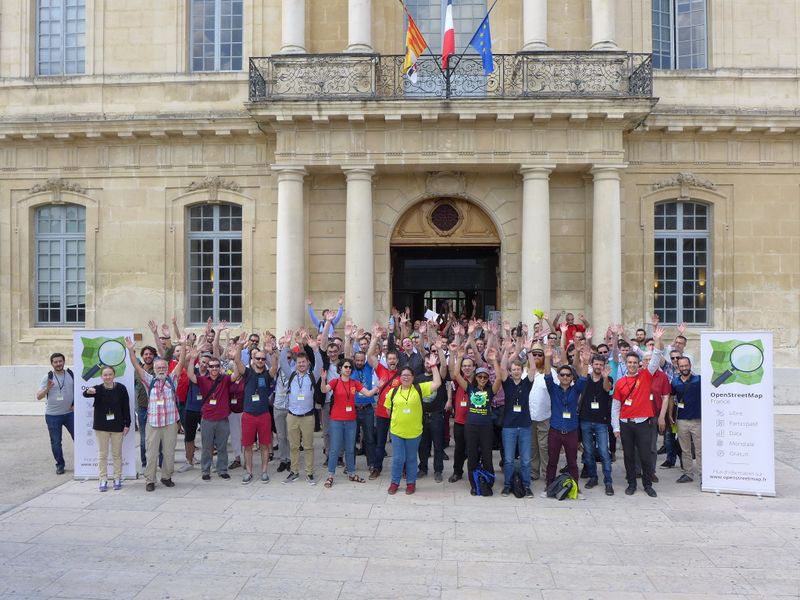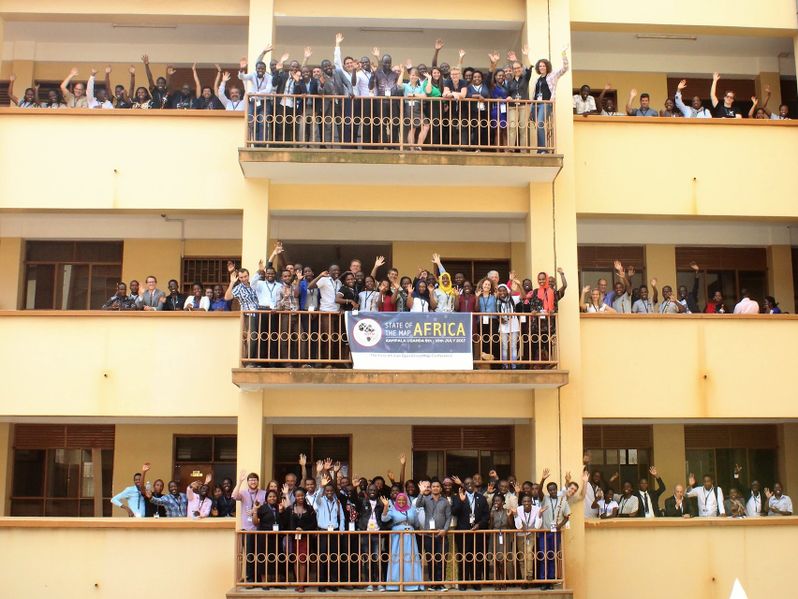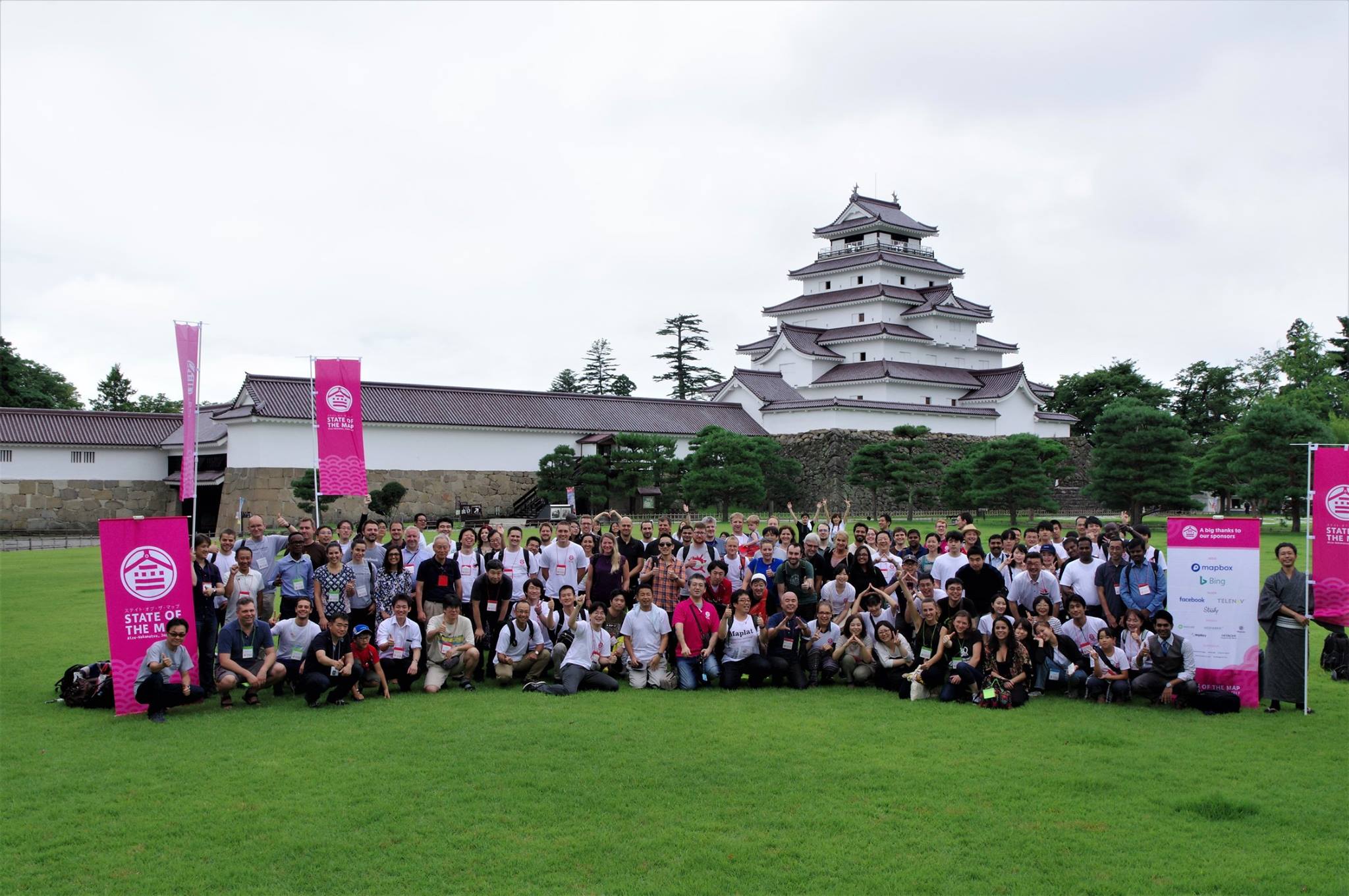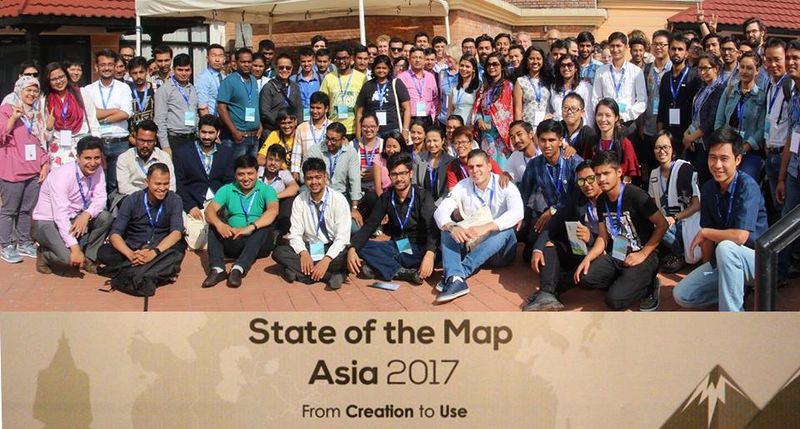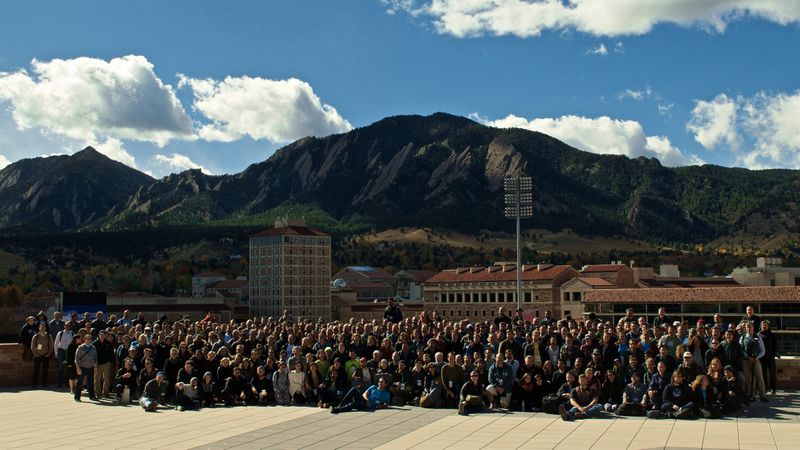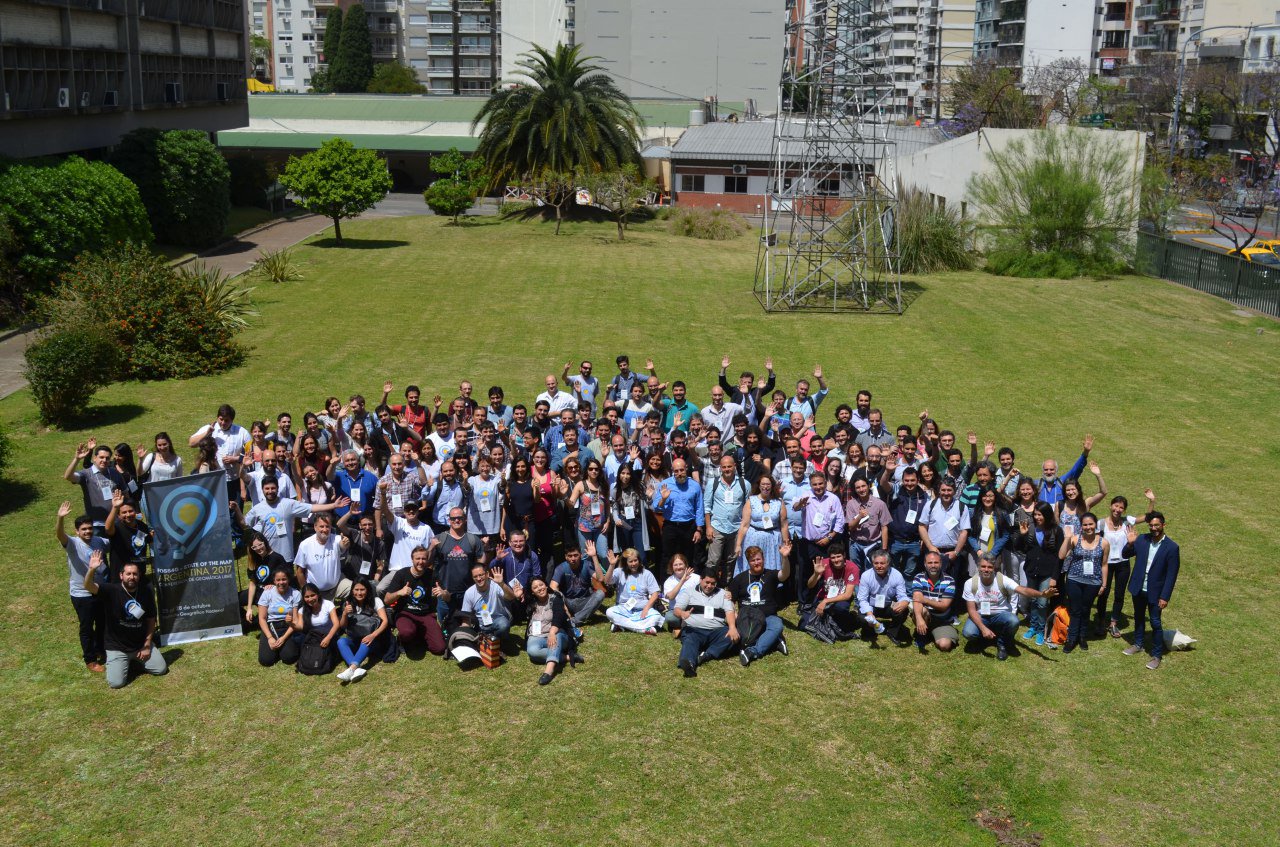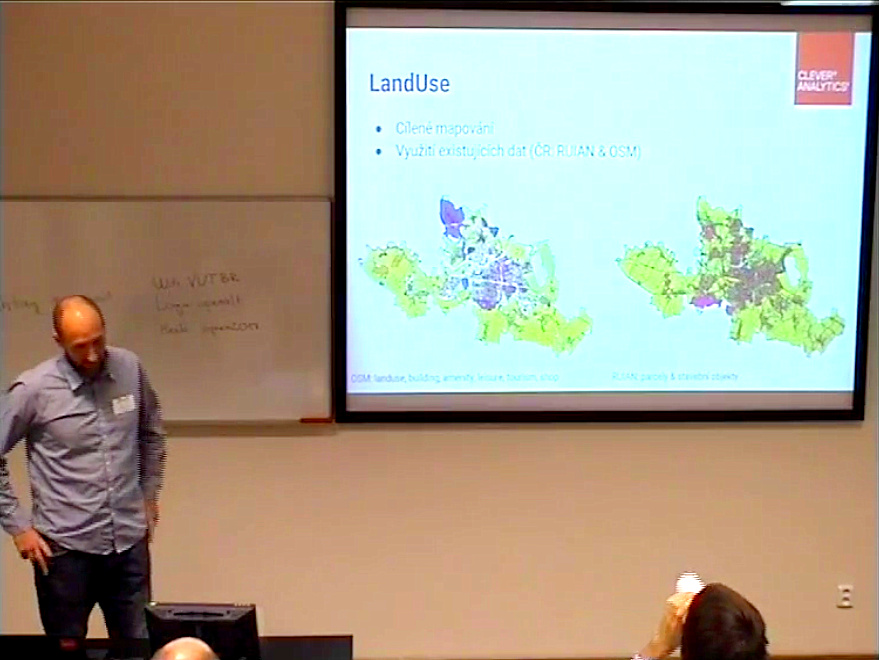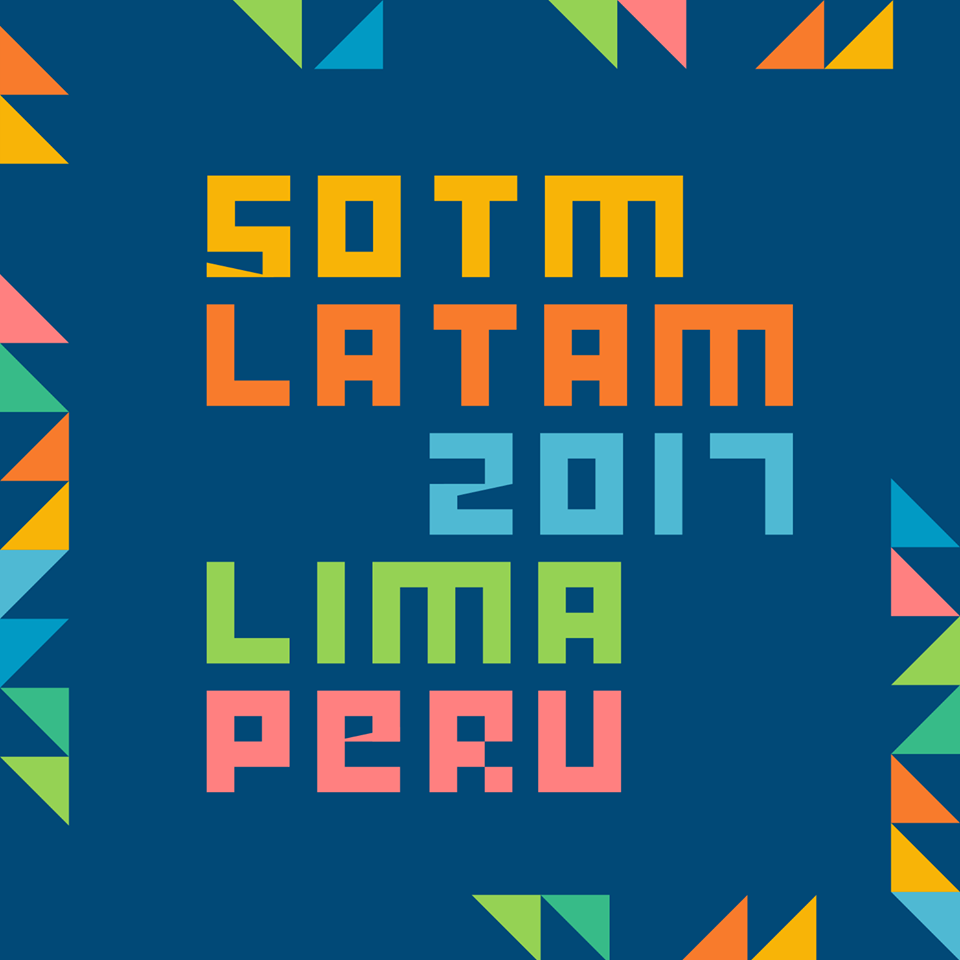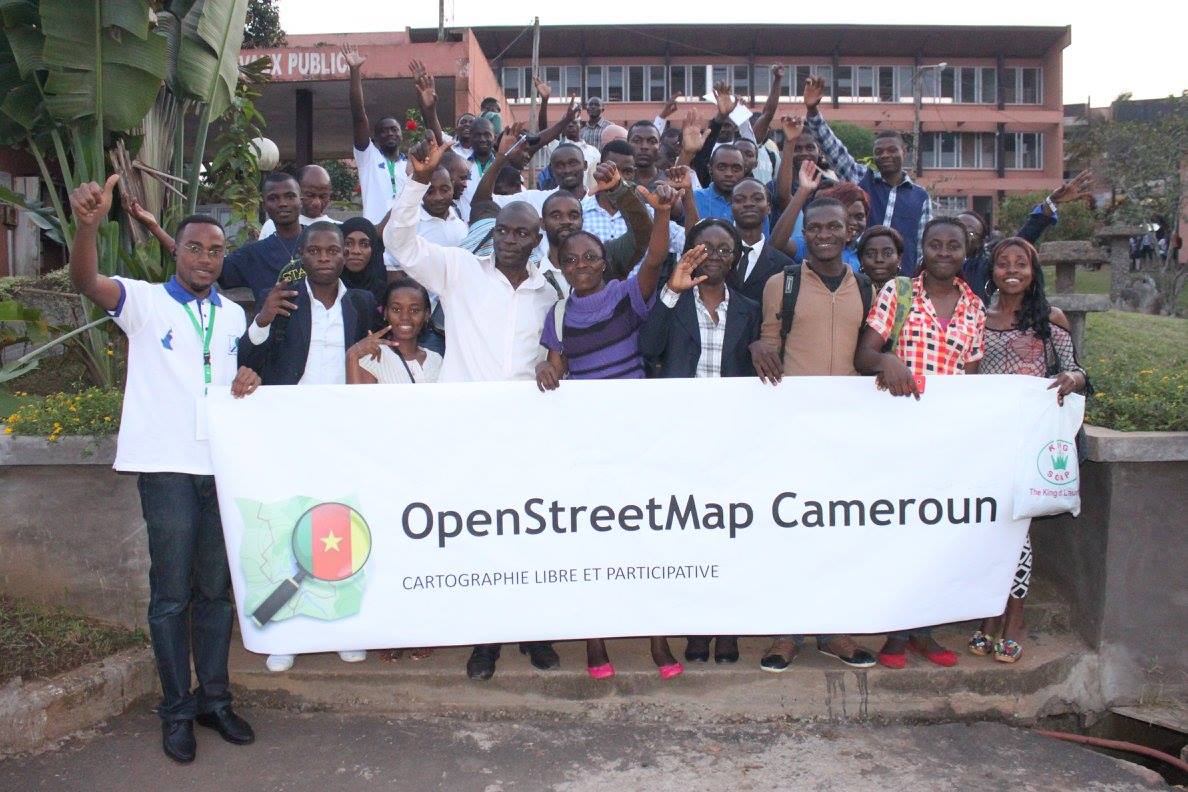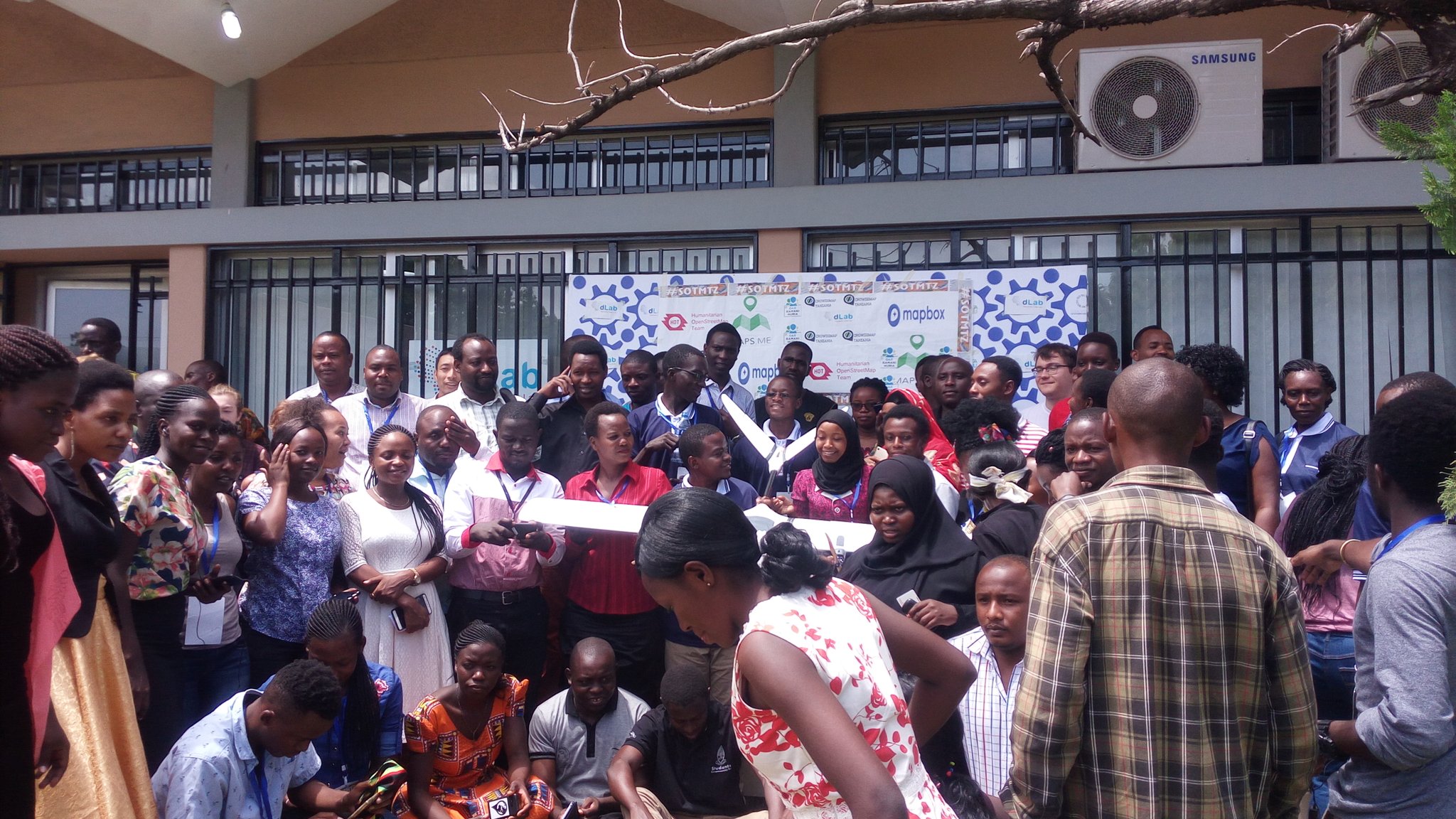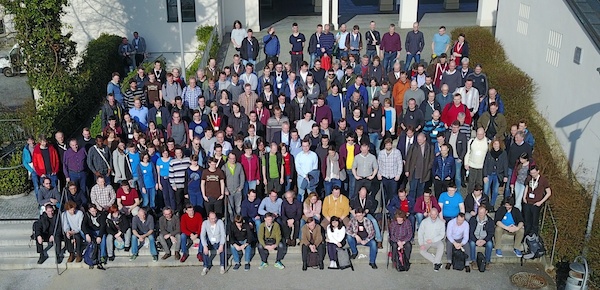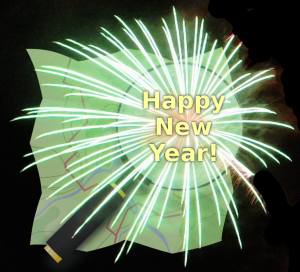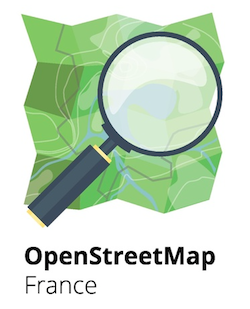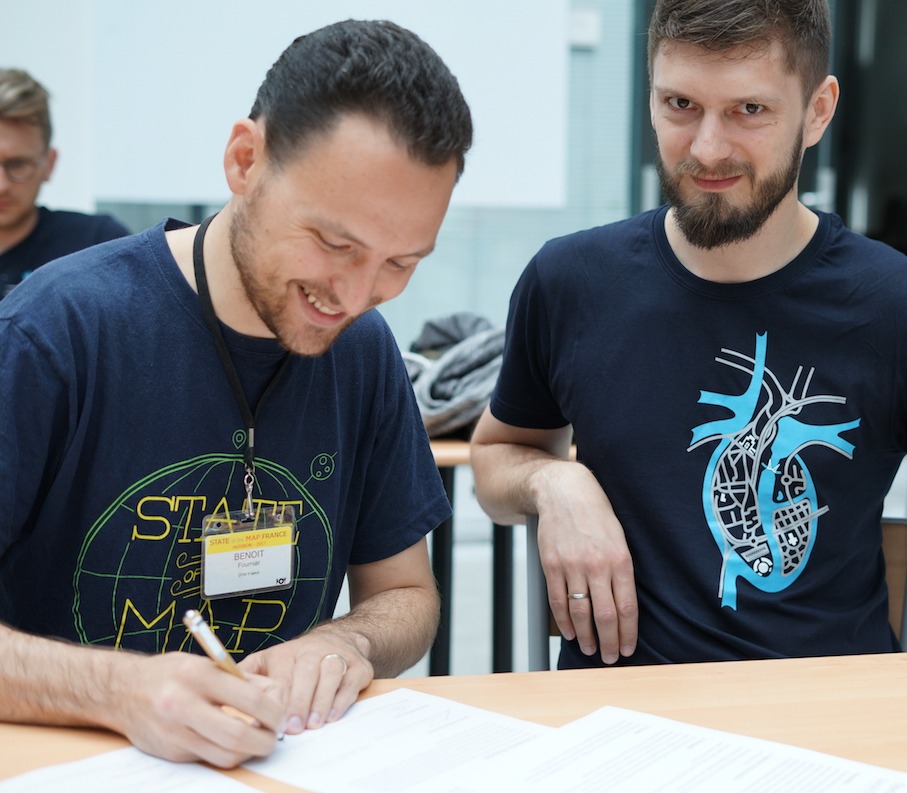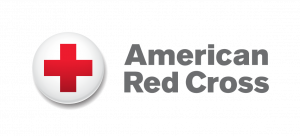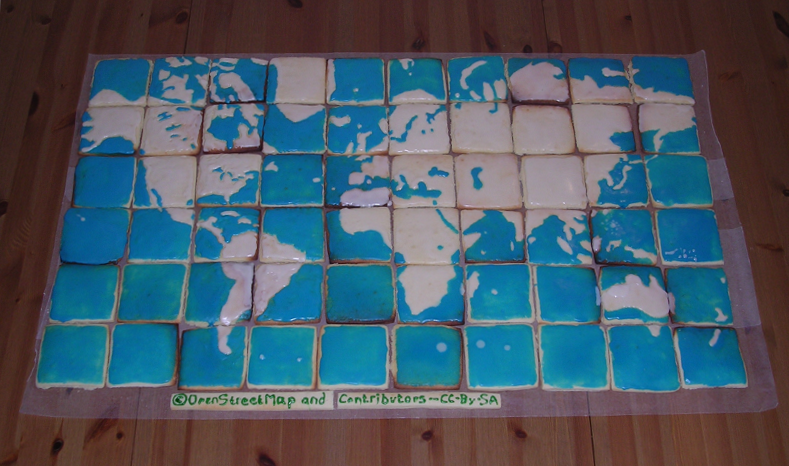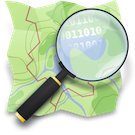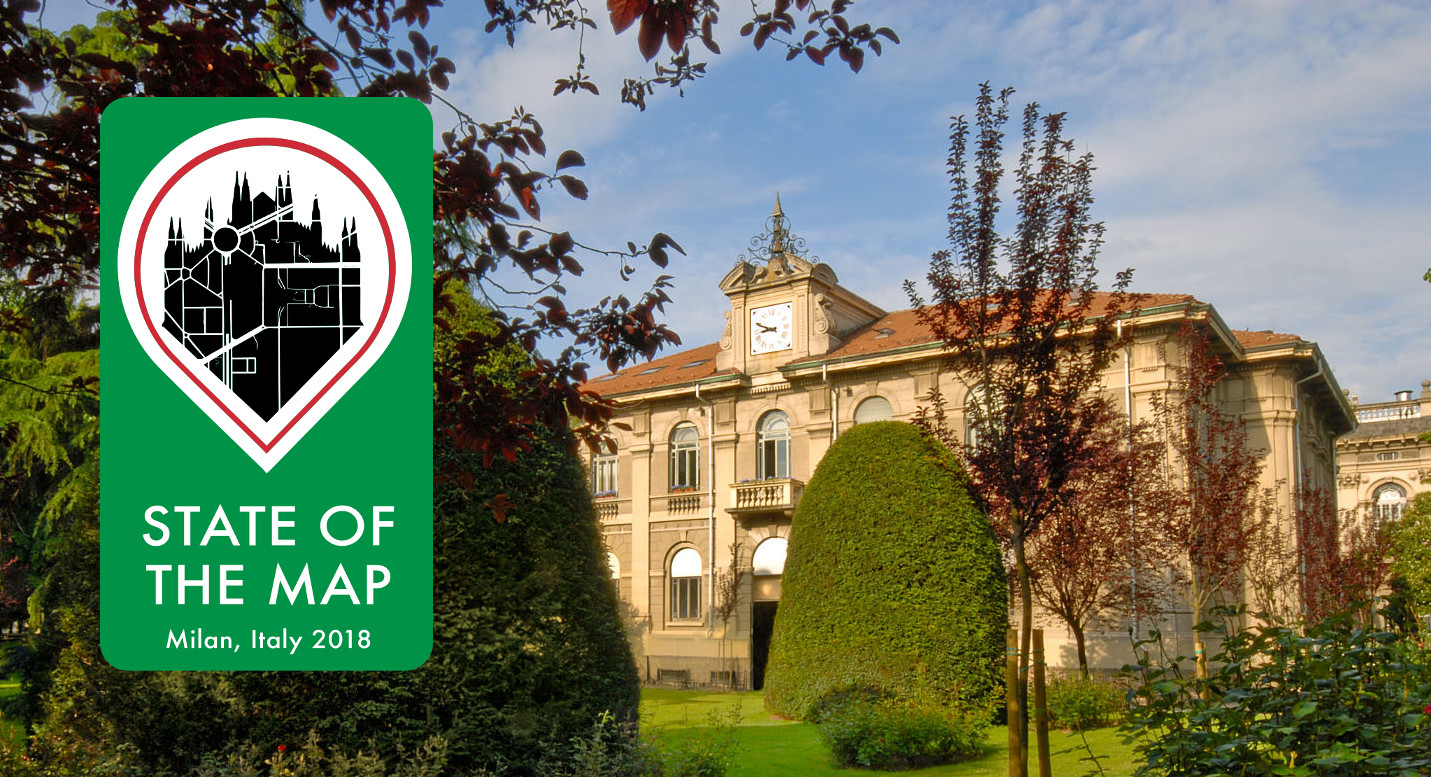 In parallel to the standard sessions, this year State of the Map will run an Academic Track session to showcase the great importance OpenStreetMap has gained within the scientific and academic communities. The Academic Track aims to bring together and foster interactions between OpenStreetMap contributors and scientific researchers from all over the world. Consequently this will demonstrate both the potential and maturity of scientific investigations based on OpenStreetMap to the whole community and stimulate a beneficial discussion among the attendees. Contributions are expected to address any scientific aspect related to OpenStreetMap, in particular, but not limited, to the following:
In parallel to the standard sessions, this year State of the Map will run an Academic Track session to showcase the great importance OpenStreetMap has gained within the scientific and academic communities. The Academic Track aims to bring together and foster interactions between OpenStreetMap contributors and scientific researchers from all over the world. Consequently this will demonstrate both the potential and maturity of scientific investigations based on OpenStreetMap to the whole community and stimulate a beneficial discussion among the attendees. Contributions are expected to address any scientific aspect related to OpenStreetMap, in particular, but not limited, to the following:
- Quality of OpenStreetMap data.
- Analysis of contribution patterns in OpenStreetMap.
- Exploitation of OpenStreetMap data to generate new scientifically valuable datasets.
- Integration of OpenStreetMap data with other datasets to generate new scientifically valuable datasets.
- Scientific applications of OpenStreetMap.
- New approaches to facilitate or improve data collection in OpenStreetMap (e.g. through gamification or citizen science approaches).
- Literature reviews on specific aspects of OpenStreetMap.
- Creating better connections and collaborations between the scientific community and the OpenStreetMap community.
- Open research problems in OpenStreetMap and challenges for the scientific community.
Authors are invited to submit abstracts using this form.
Deadline: March 4th, 2018.
The maximum length of the abstract is 2500 characters. Abstracts must be scientifically rigorous and structured as follows: introduction/background, where the problem addressed is introduced; main aim or purpose of the study; brief description of the methodology and findings achieved; final discussion highlighting the scientific contribution of the study and its practical benefits/implications. Abstracts describing the use, analysis and processing of OpenStreetMap data for new and unconventional applications/disciplines are particularly encouraged.
Abstracts will be evaluated by the Scientific Committee. Authors of selected abstracts will be invited to give an oral presentation during the Academic Track sessions at the conference. In addition, authors of selected abstracts will be invited to submit a full paper for the Special Issue “Open Source Geospatial Software” of the journal Open Geospatial Data, Software and Standards.
Scientific Committee
- Dr. Marco Minghini – Politecnico di Milano, Department of Civil and Environmental Engineering, Italy
- Dr. Peter Mooney – Maynooth University, Department of Computer Science, Ireland
- Dr. Vyron Antoniou – Geographic Directorate, Hellenic Army General Staff, Greece
- Prof. Maria Antonia Brovelli – Politecnico di Milano, Department of Civil and Environmental Engineering, Italy
- Dr. Frank Ostermann – University of Twente, Faculty of Geo-Information Science and Earth Observation (ITC), The Netherlands
- Dr. Amin Mobasheri – GIScience Research Group, Institute of Geography, Heidelberg University, Germany
- Joost Schouppe – OpenStreetMap Belgium, Belgium
